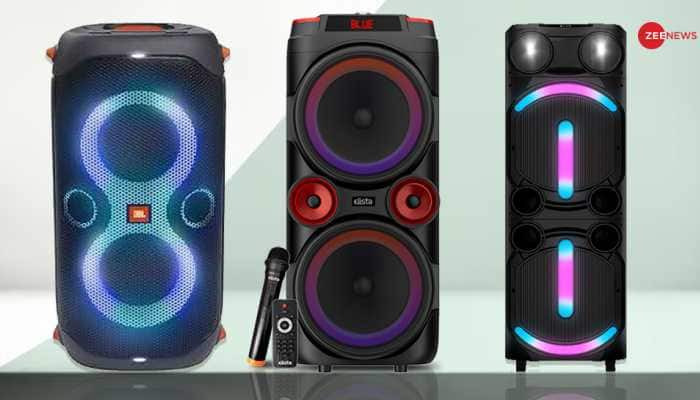From the Counterculture to Catwalk: Evolution of Streetwear
The gritty streets of New York and Los Angeles gave rise to the rebellious fashion statement known as streetwear, which has now grown into a global movement that influences high art, luxury businesses, and mainstream fashion. The dynamic and adaptive nature of streetwear is demonstrated by this multi-decade cultural transition, which mirrors larger socio economic shifts.
- The gritty streets of New York and Los Angeles gave birth to the rebellious fashion statement known as streetwear, which has now developed into a global movement influencing high art, luxury corporations, and mainstream fashion.
Trending Photos
)
The gritty streets of New York and Los Angeles gave rise to the rebellious fashion statement known as streetwear, which has now grown into a global movement that influences high art, luxury businesses, and mainstream fashion. The dynamic and adaptive nature of streetwear is demonstrated by this multi-decade cultural transition, which mirrors larger socio economic shifts.
Origins of Rebellion
Streetwear's beginnings may be found in the late 1970s and early 1980s, when punk rock, skateboarding, and hip-hop culture were all on the rise. Hip-hop performers and breakdancers in New York City established a unique visual identity by dressing in athletic gear, wearing big clothes, and showcasing bright logos.
On the West Coast, however, DIY mentality and graffiti art were incorporated into the carefree style of skaters and surfers like Shawn Stussy, the creator of the renowned brand Stüssy. By challenging the current quo, these pioneers of streetwear created a raw, unrefined, and incredibly real fashion category.
Growth of Legendary Brands
Streetwear labels that would go on to become icons began to proliferate in the 1990s. The 1994 founding of Supreme personified the fusion of punk rock sensibility and skate culture. There was an air of exclusivity due to its limited releases and partnerships with other companies and performers. Similarly, Nigo's Japanese company A Bathing Ape (BAPE) combined pop culture and street style by developing instantly recognizable camouflage patterns and bright graphics.
Adoption by the Mainstream and Transition to High Fashion
Streetwear started to influence mainstream fashion in the 2000s as its popularity skyrocketed. A notable change was signaled by high-profile partnerships between luxury fashion houses and streetwear businesses, such Louis Vuitton x Supreme in 2017.
These collaborations made it harder to distinguish between street culture and high fashion, giving streetwear legitimacy in the luxury sector. Streetwear's popularity was further enhanced by the emergence of social media sites like Instagram, which made sneakers and sweatshirts desirable by a wide range of consumers.
Future Directions and Cultural Impact
Beyond only clothes, streetwear has an impact on music, art, and even technology. With the emergence of distinct streetwear scenes in cities like Tokyo, London, and Paris, it has become a universal language. Streetwear's democratization of fashion has put traditional ideas of luxury to the test by highlighting cultural significance, community, and authenticity.
In conclusion, streetwear's rise from social outcast to the height of fashion highlights its enormous cultural relevance. Streetwear has permanently changed the fashion scene and is still a striking monument to the inventiveness and tenacity of teenage culture.
Stay informed on all the latest news, real-time breaking news updates, and follow all the important headlines in india news and world News on Zee News.
Live Tv







)
)
)
)
)
)
)
)
)
)
